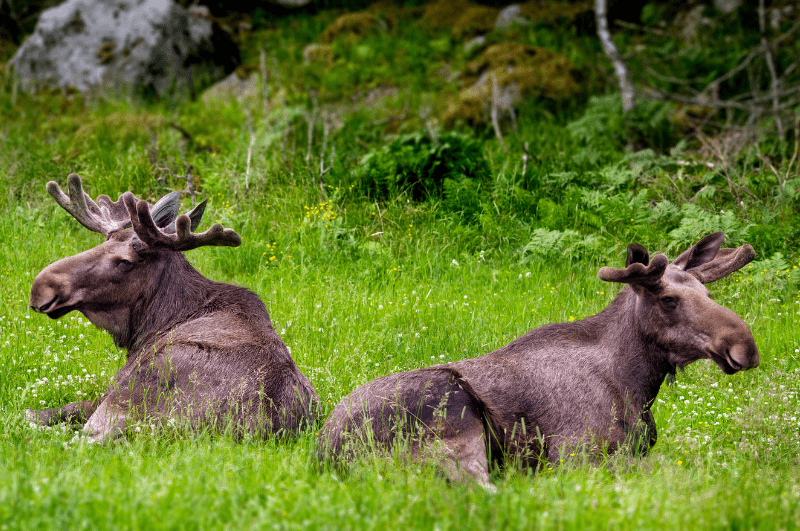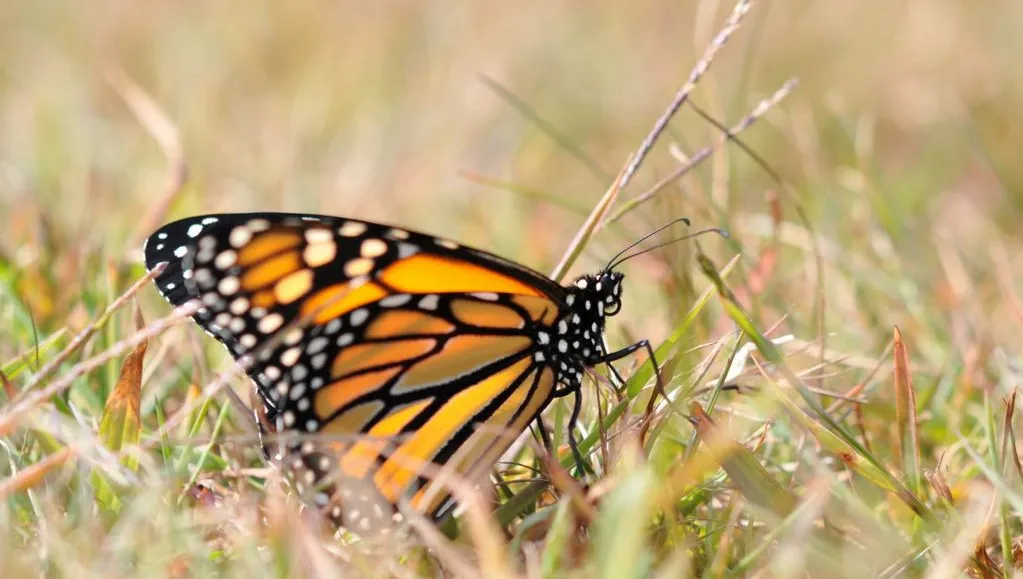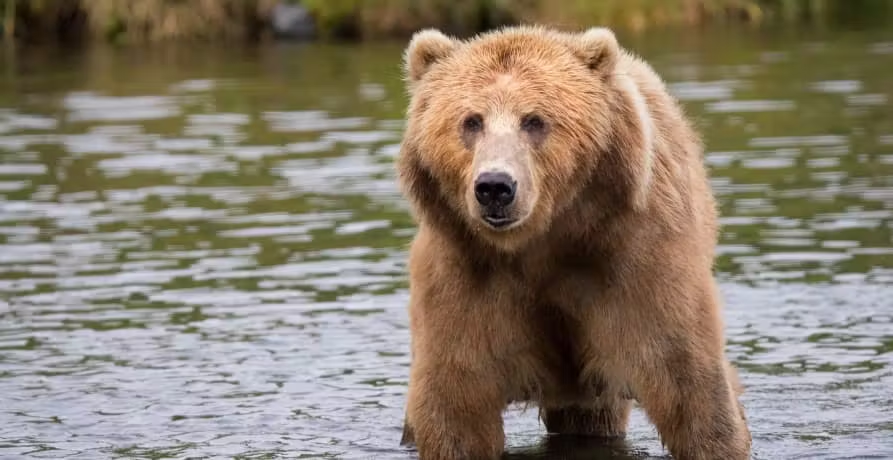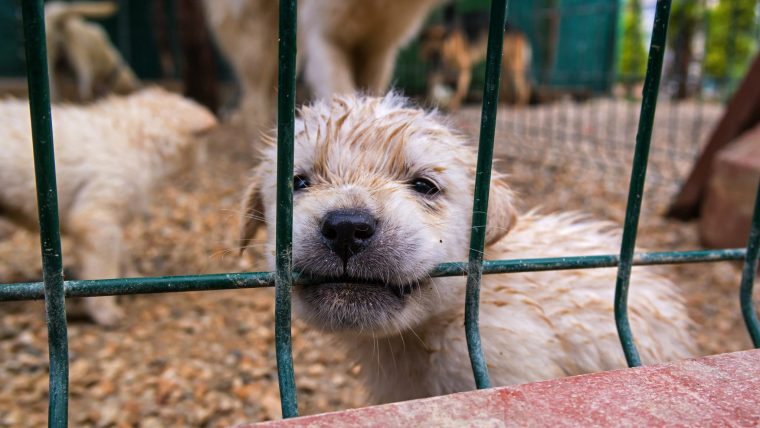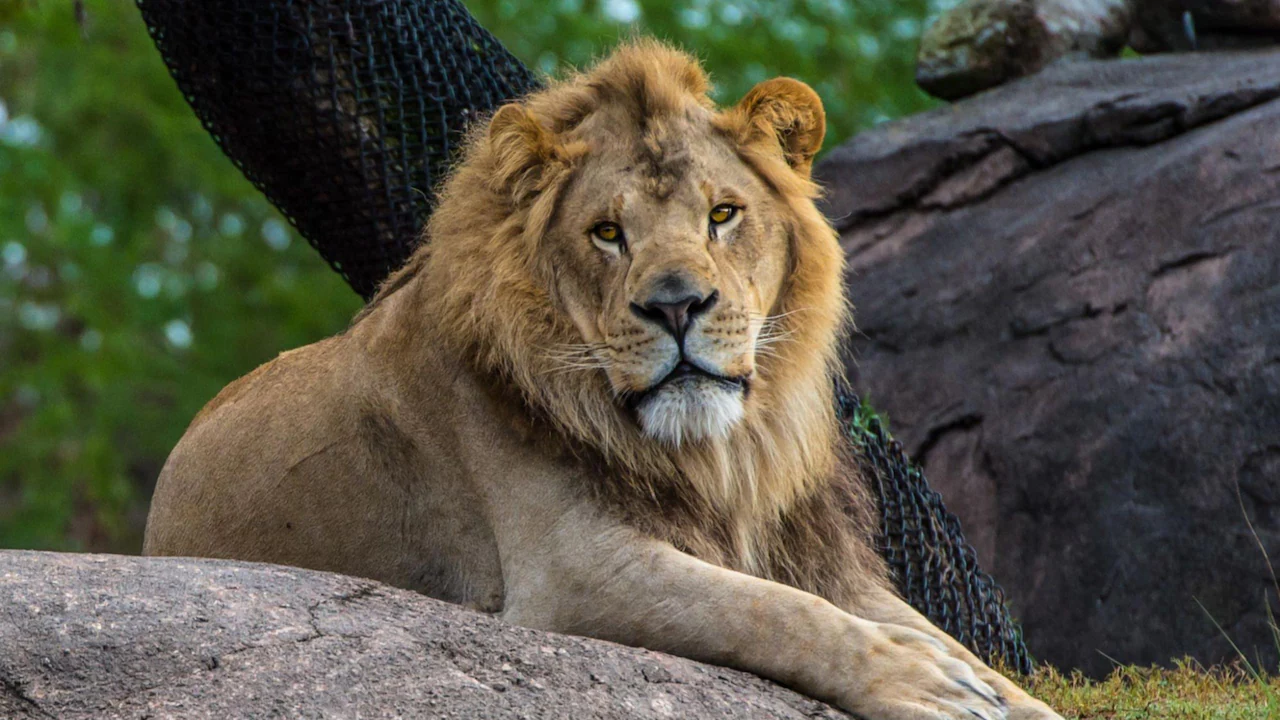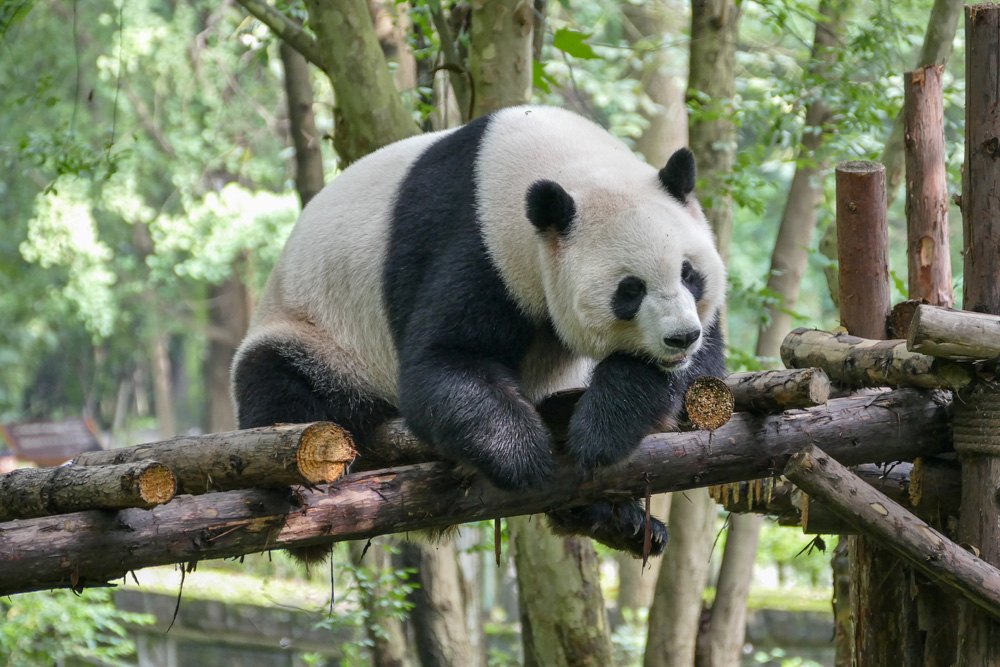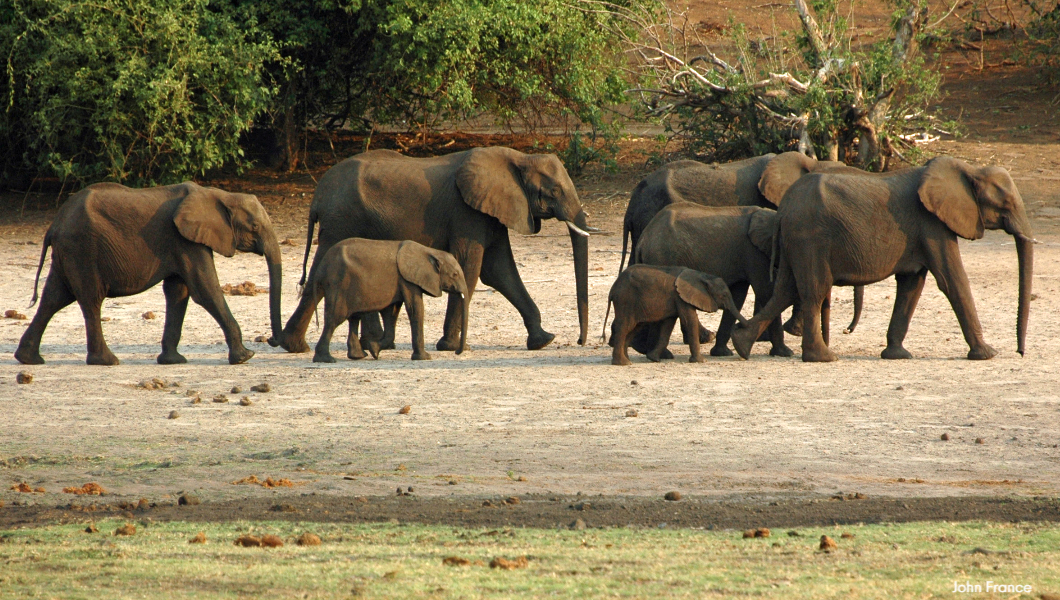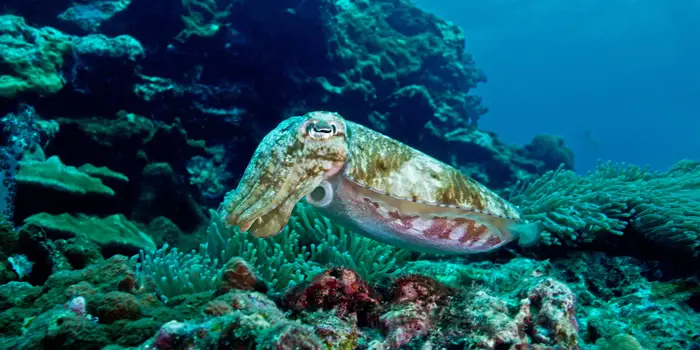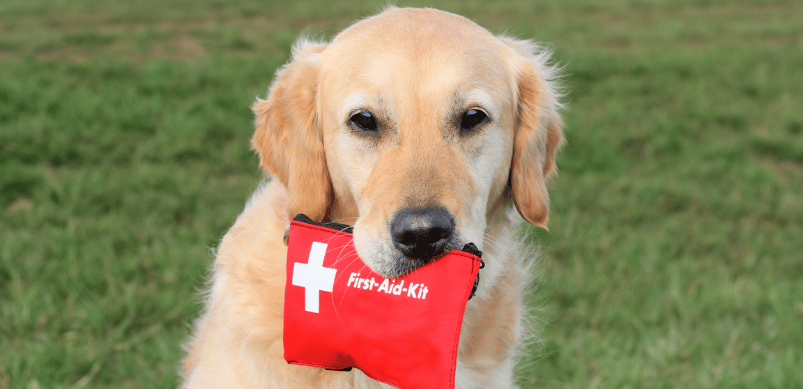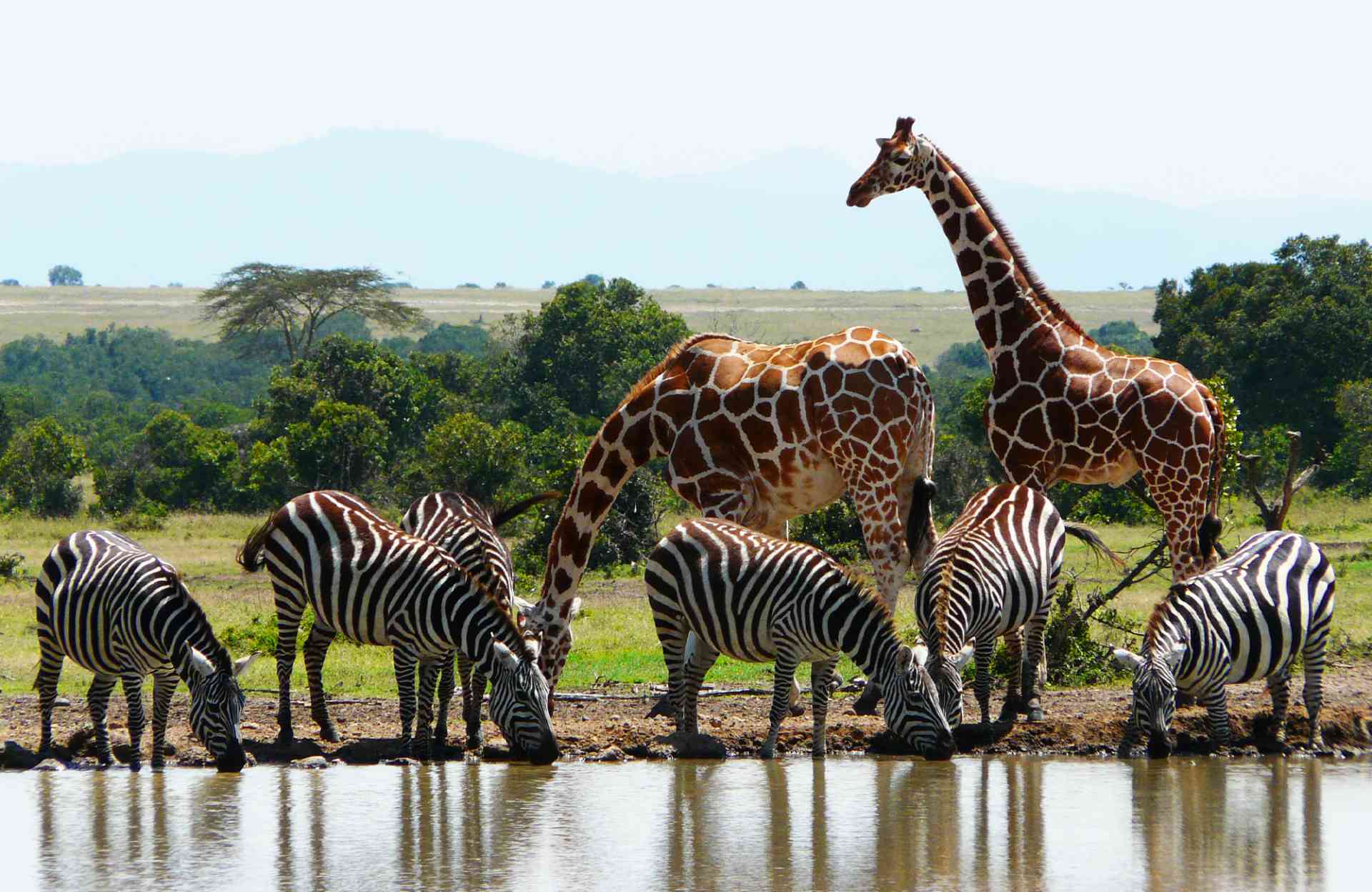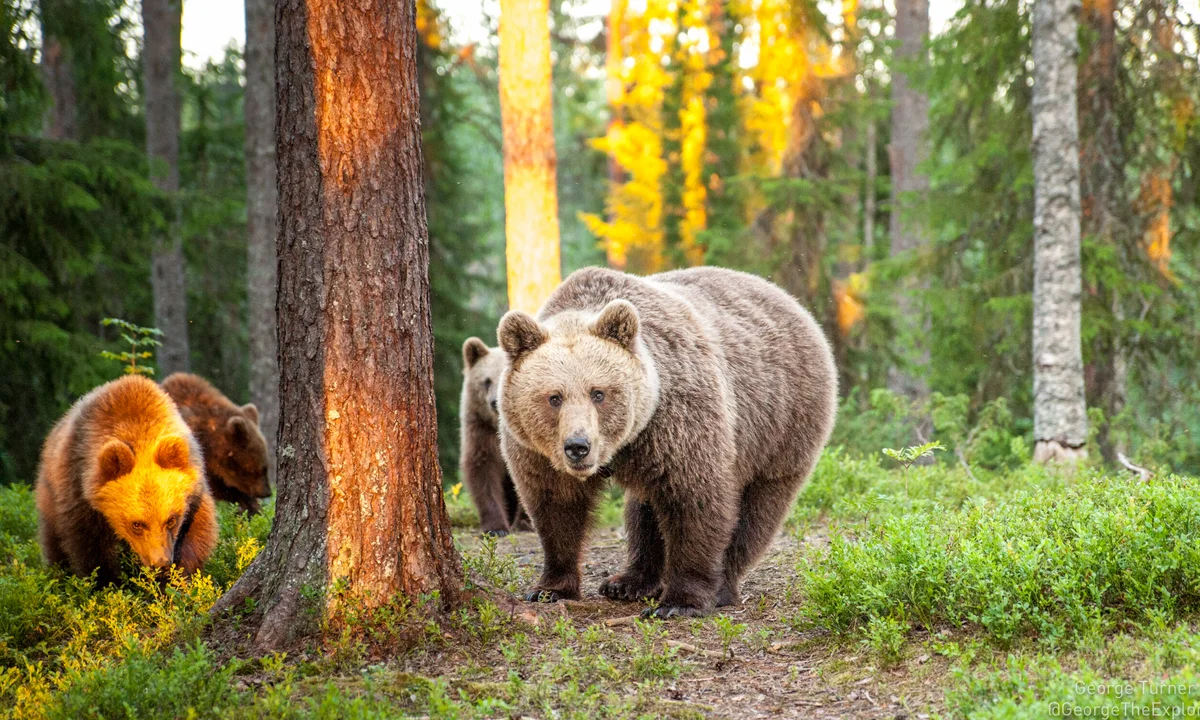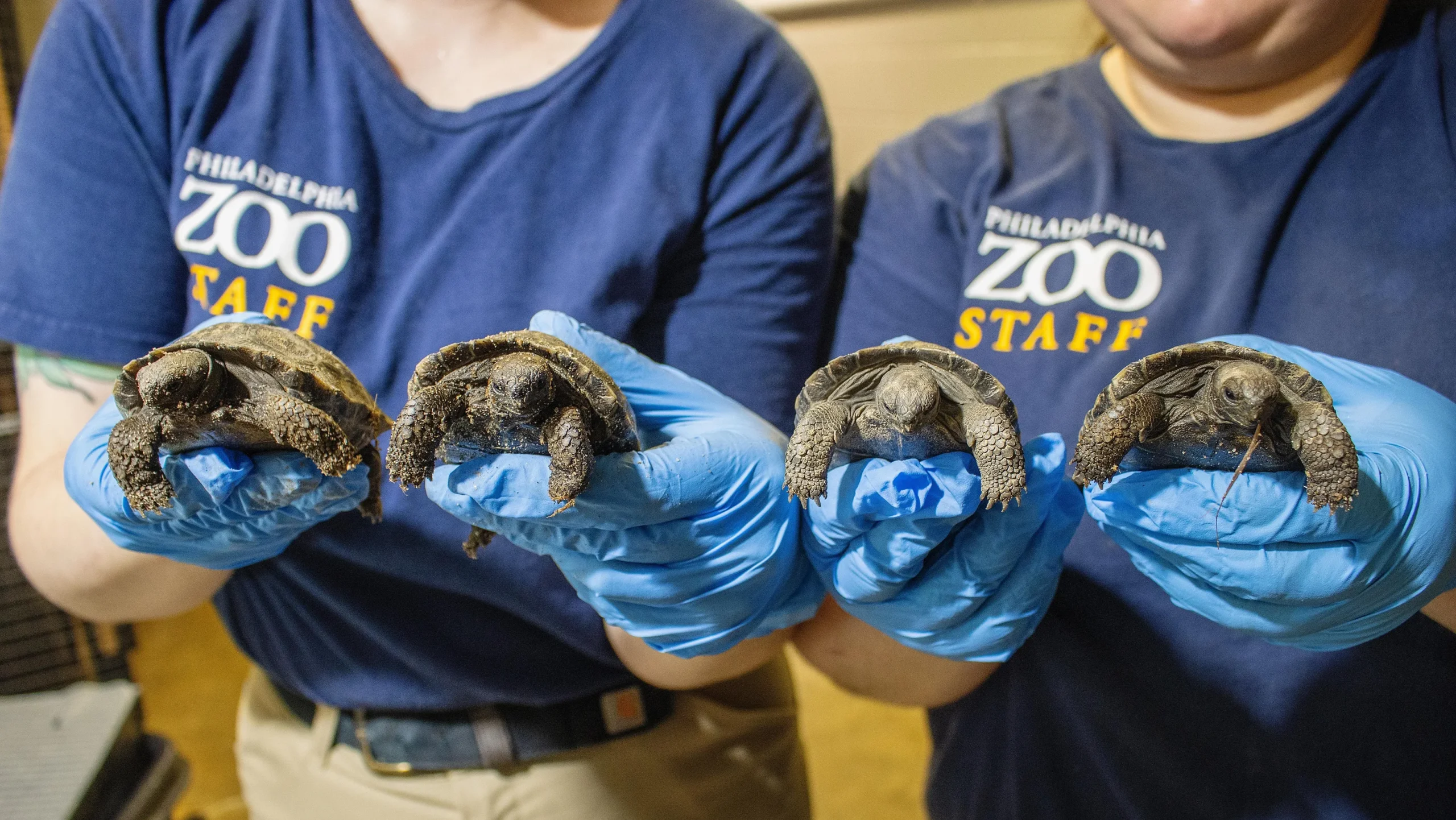Europe is a treasure trove of biodiversity, where ancient forests, rugged mountains, and shimmering coastlines host an incredible array of wildlife. Whether you’re a seasoned wildlife enthusiast or a curious traveler hoping to catch a glimpse of a lynx slinking through the shadows or dolphins dancing in the Mediterranean, this continent has something extraordinary to offer. In this guide, I’ll take you on a journey through Europe’s top wildlife destinations, sharing the best spots, practical tips, and a sprinkle of personal stories to inspire your next adventure. From Romania’s elusive lynx to Norway’s majestic polar bears, let’s explore where to see animals in Europe and how to make your wildlife experience unforgettable.
Why Europe is a Wildlife Haven
Europe’s diverse landscapes—from the Arctic tundra to Mediterranean shores—create perfect habitats for a wide range of species. I remember my first wildlife trip to the Pyrenees; the thrill of spotting a golden eagle soaring above the peaks felt like stepping into a nature documentary. Whether you’re seeking rare mammals, vibrant birdlife, or marine wonders, Europe’s national parks, reserves, and guided tours provide unparalleled opportunities.
A Continent of Contrasts
Europe’s varied climates and ecosystems support everything from polar bears in the far north to flamingos in the sunny south. This diversity means you can plan a wildlife adventure any time of year, tailored to the animals you’re most eager to see.
Top 10 Places to See Wildlife in Europe
Below, I’ve curated a list of the 10 best destinations to observe Europe’s wildlife, based on biodiversity, accessibility, and unique experiences. Each spot offers a chance to connect with nature, often guided by experts who ensure both your safety and the animals’ well-being.
1. Carpathian Mountains, Romania: Spotting the Elusive Lynx
Romania’s Carpathian Mountains are a stronghold for Europe’s largest wild feline, the Eurasian lynx. March and April are prime months for sightings, as lynx are more active before the summer heat. Guided tours, like those offered by Naturetrek, take you deep into the forests, where you might also spot European bison or wolves.
Why Visit?
The Carpathians are a conservation success story, with lynx populations rebounding due to dedicated efforts. A local guide once told me how he tracked a lynx for hours, only for it to appear like a ghost at dusk—an experience that left me in awe of these elusive creatures.
Practical Tips
- Best Time: March–April for lynx; January–February for wolves.
- How to Get There: Fly to Bucharest, then drive or take a train to Brașov.
- Tours: Book with Naturetrek or local operators like Carpathian Nature Tours.
- Cost: Guided tours start at €150/day.
2. Pyrenees Mountains, France/Spain: Bears and Birds
Straddling France, Spain, and Andorra, the Pyrenees are home to brown bears and a dazzling array of birds, including golden eagles and bearded vultures. Spring and summer (March–September) offer the best conditions for hiking and wildlife spotting.
What to Expect
Hiking through the Pyrenees feels like stepping into a painter’s canvas, with rugged peaks and vibrant meadows. On one trip, I watched a bearded vulture drop a bone from the sky to crack it open—a behavior so unique it’s stayed with me ever since.
Practical Tips
- Best Time: March–September for bear and bird sightings.
- How to Get There: Fly to Toulouse (France) or Barcelona (Spain), then rent a car.
- Activities: Combine wildlife tours with hiking or rock climbing.
- Cost: Day tours from €100; multi-day packages around €500.
3. Svalbard, Norway: Polar Bears in the Arctic
Svalbard’s icy wilderness is one of the few places on Earth where you can see polar bears in their natural habitat. Summer cruises (May–September) offer sightings of these majestic creatures, along with walruses, seals, and Arctic foxes.
A Once-in-a-Lifetime Experience
Cruising through Svalbard’s fjords, I saw a polar bear lounging on an ice floe, its white fur glowing against the blue. It was a humbling reminder of nature’s raw beauty—and the need to protect it.
Practical Tips
- Best Time: May–September for polar bear cruises.
- How to Get There: Fly to Longyearbyen via Oslo.
- Tours: Spitsbergen cruises with operators like Hurtigruten.
- Cost: Cruises start at €2,000 for a week.
4. Ligurian Sea, Italy: Dolphins and Whales
The Ligurian Sea, between Italy and Corsica, is part of the Pelagos Sanctuary, a haven for marine life. From May to September, whale-watching tours depart from ports like Genoa, offering chances to see dolphins, sperm whales, and fin whales.
Why It’s Special
The first time I saw a pod of dolphins leap alongside our boat, I couldn’t stop grinning. The Pelagos Sanctuary’s conservation efforts make this a sustainable way to enjoy marine wildlife.
Practical Tips
- Best Time: May–September for calm seas and active marine life.
- How to Get There: Fly to Genoa or Nice, then join a tour.
- Tours: Operators like Whale Watching Liguria.
- Cost: Half-day tours from €50–€100.
5. Brijuni Archipelago, Croatia: Griffon Vultures and Dolphins
Croatia’s Brijuni National Park, a collection of islands, is a hotspot for griffon vultures and bottlenose dolphins. The park’s protected status ensures thriving ecosystems, with sightings best from May to September.
A Coastal Gem
Kayaking near Cres Island, I spotted griffon vultures soaring overhead, their massive wingspans casting shadows on the water. It’s a place where land and sea meet in perfect harmony.
Practical Tips
- Best Time: May–September for vultures and dolphins.
- How to Get There: Fly to Pula, then take a ferry to Brijuni.
- Tours: Book with Brijuni National Park or local operators.
- Cost: Day trips from €40.
6. Northern Greece: Brown Bear Tracking
Greece’s northern forests, particularly in the Pindos Mountains, are home to over 500 brown bears. Spring and autumn are ideal for bear-tracking tours, often led by park rangers who know the trails intimately.
A Personal Connection
Tracking bears with a ranger in Greece, I learned how these animals are revered in local folklore. Finding fresh paw prints felt like uncovering a secret only nature could share.
Practical Tips
- Best Time: Spring (April–May) or autumn (September–October).
- How to Get There: Fly to Thessaloniki, then drive to the Pindos region.
- Tours: Operators like Callisto Wildlife.
- Cost: Guided tours from €120/day.
7. Lundy Island, England: Puffins and Seals
Lundy Island, in the Bristol Channel, is a birdwatcher’s paradise, famous for puffins and grey seals. Spring and autumn are the best times to visit, with the island’s Marine Nature Reserve adding to its allure.
Why It’s Worth It
Watching puffins waddle with their colorful beaks full of fish is like watching a comedy show in nature. Lundy’s remote charm makes every sighting feel special.
Practical Tips
- Best Time: Spring (April–May) or autumn (September–October).
- How to Get There: Ferry from Ilfracombe or Bideford.
- Tours: Lundy Island guided walks.
- Cost: Ferry and tours from €50–€80.
8. Cantabrian Sea, Spain: Whale Watching
Spain’s northern coast, particularly around Santander, is a prime spot for whale watching in July and August. Species like sperm whales and blue whales frequent these waters, making for unforgettable tours.
A Marine Spectacle
On a whale-watching trip off Santander, I held my breath as a fin whale surfaced nearby. The sheer size of these creatures is a humbling reminder of the ocean’s wonders.
Practical Tips
- Best Time: July–August for peak whale activity.
- How to Get There: Fly to Santander or Bilbao.
- Tours: Operators like Cantabria Whale Watching.
- Cost: Tours from €60–€120.
9. Swedish Taiga, Sweden: Moose and Wolves
Sweden’s dense taiga forests are home to moose, wolves, and beavers. July and August are ideal for tracking these animals with skilled guides who navigate the wilderness with ease.
A Wilderness Adventure
Spotting a moose in Sweden’s twilight felt like a scene from a fairy tale. The silence of the forest, broken only by the rustle of leaves, made the moment magical.
Practical Tips
- Best Time: July–August for optimal weather and animal activity.
- How to Get There: Fly to Stockholm, then drive to central Sweden.
- Tours: Wild Sweden or similar operators.
- Cost: Tours from €150/day.
10. Sado Estuary, Portugal: Amphibians and Reptiles
Portugal’s Sado Estuary is a haven for amphibians and reptiles, including spiny-footed lizards and Montpellier snakes. The area’s accessibility makes it a year-round destination for wildlife enthusiasts.
A Hidden Gem
Exploring the Sado Estuary, I was fascinated by the diversity of its cold-blooded residents. It’s a reminder that even the smallest creatures can steal the show.
Practical Tips
- Best Time: Year-round, with spring and autumn ideal for activity.
- How to Get There: Fly to Lisbon, then drive to the Sado Estuary.
- Tours: Local guides or EcoSado tours.
- Cost: Day trips from €30–€60.
Comparing Europe’s Wildlife Destinations
| Destination | Key Animals | Best Time | Accessibility | Tour Cost (Approx.) |
|---|---|---|---|---|
| Carpathian Mountains, Romania | Lynx, Bison, Wolves | March–April | Moderate (requires travel from Bucharest) | €150/day |
| Pyrenees Mountains, France/Spain | Brown Bears, Eagles | March–September | Easy (near major airports) | €100–€500 |
| Svalbard, Norway | Polar Bears, Seals | May–September | Remote (flights via Oslo) | €2,000/week |
| Ligurian Sea, Italy | Dolphins, Whales | May–September | Easy (coastal access) | €50–€100 |
| Brijuni Archipelago, Croatia | Vultures, Dolphins | May–September | Moderate (ferry required) | €40/day |
Pros and Cons of Wildlife Travel in Europe
Pros:
- Diverse ecosystems support a wide range of species.
- Many destinations are accessible from major cities.
- Conservation-focused tours ensure ethical experiences.
- Affordable options for budget travelers.
Cons:
- Some remote locations require significant travel time.
- Weather can be unpredictable, especially in northern regions.
- High-demand tours may need advance booking.
Planning Your Wildlife Adventure
Choosing the Right Tour Operator
Opt for reputable operators like Naturetrek, Wild Sweden, or local guides with strong reviews. Look for tours that prioritize animal welfare and environmental sustainability. For example, operators in the Pelagos Sanctuary adhere to strict guidelines to avoid disturbing marine life.
Packing Essentials
- Binoculars: Essential for spotting distant wildlife.
- Camera: A zoom lens is ideal for capturing animals safely.
- Weather-Appropriate Gear: Waterproof clothing for coastal or Arctic trips.
- Guidebooks: Local wildlife guides enhance your experience.
Safety Tips
- Always follow your guide’s instructions, especially around large mammals like bears.
- Stay on designated paths to avoid disturbing habitats.
- Carry a first-aid kit and know emergency contacts.
People Also Ask (PAA) Section
Where can I see polar bears in Europe?
Svalbard, Norway, is the premier destination for polar bear sightings. Summer cruises (May–September) offer the best opportunities, with operators like Hurtigruten providing expert-led tours.
What is the best time to see wildlife in Europe?
It depends on the species and location. Spring (March–May) and autumn (September–October) are generally ideal for terrestrial animals, while summer (May–September) is best for marine life.
Are there guided wildlife tours in Europe?
Yes, companies like Naturetrek, Wild Sweden, and Callisto Wildlife offer guided tours across Europe, focusing on specific species and regions with expert-led experiences.
Which European country has the most wildlife?
Spain is often cited as Europe’s most biodiverse country, with varied landscapes supporting species from bears to whales. Romania and Sweden also rank high for their rich ecosystems.
FAQ Section
Q: Can I see wildlife in Europe on a budget?
A: Absolutely. Destinations like Portugal’s Sado Estuary or Croatia’s Brijuni Archipelago offer affordable day trips starting at €30–€60. Look for local operators or self-guided visits to national parks.
Q: Are wildlife tours in Europe safe?
A: Yes, when booked with reputable operators. Guides are trained to ensure safety around animals like bears or wolves, and marine tours follow strict guidelines to protect both visitors and wildlife.
Q: How can I book a wildlife tour in Europe?
A: Book through trusted platforms like Naturetrek, Viator, or local operators’ websites. Always check reviews and ensure the tour prioritizes conservation.
Q: What’s the best way to prepare for a wildlife trip?
A: Research your destination, pack appropriate gear (binoculars, weatherproof clothing), and book tours in advance. Familiarize yourself with the animals you’ll see to enhance your experience.
Q: Are there family-friendly wildlife tours in Europe?
A: Yes, places like Cerza Safari Park in Normandy offer family-friendly experiences with large enclosures and educational tours, perfect for kids.
Final Thoughts
Europe’s wildlife is as diverse as its cultures, offering unforgettable encounters for every nature lover. From the Arctic chill of Svalbard to the sunny shores of Croatia, each destination tells a story of conservation and wonder. My own adventures—tracking bears in Greece, watching puffins on Lundy—have taught me that these experiences are as much about connecting with nature as they are about seeing animals. Plan your trip, pack your binoculars, and let Europe’s wild heart captivate you.
For more information on specific tours, check out Naturetrek or local operators in each region. Happy wildlife watching!
